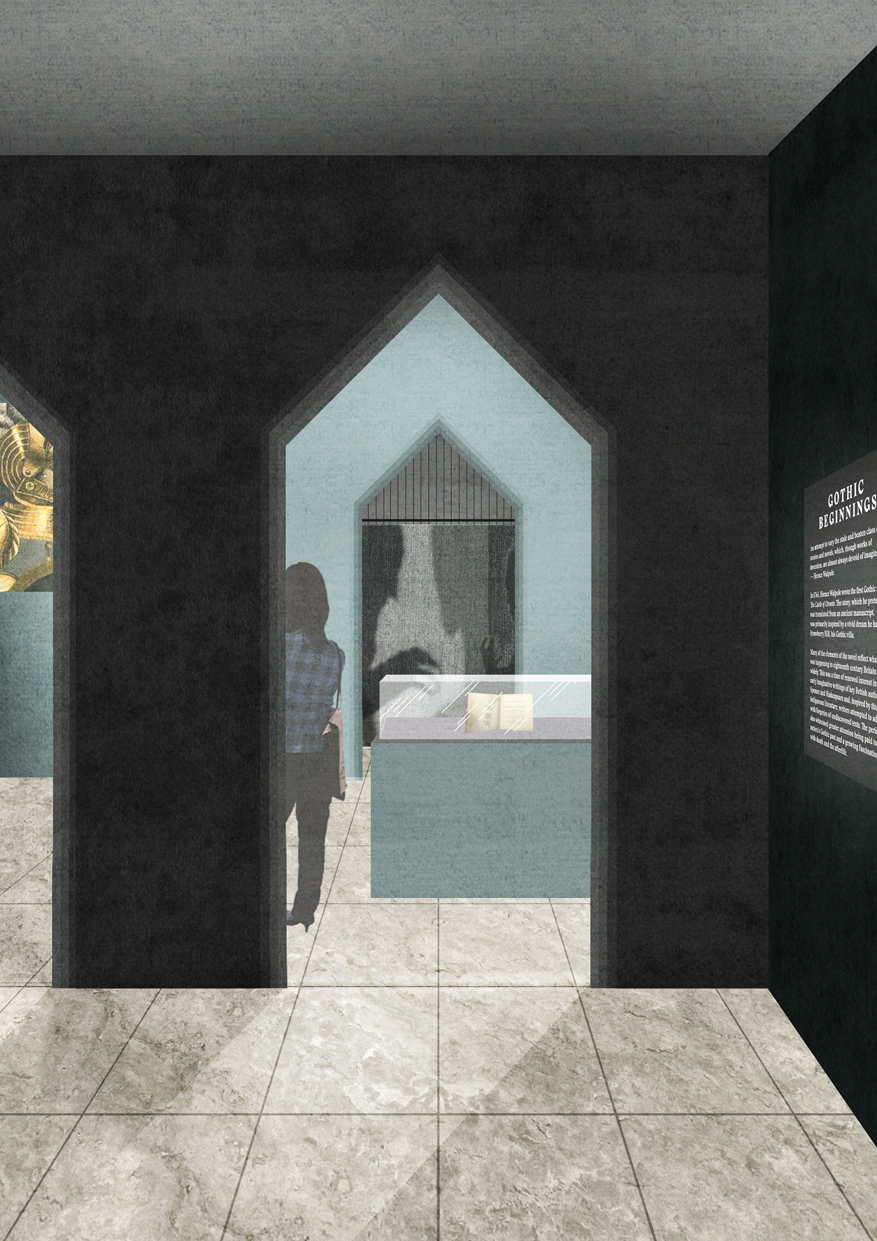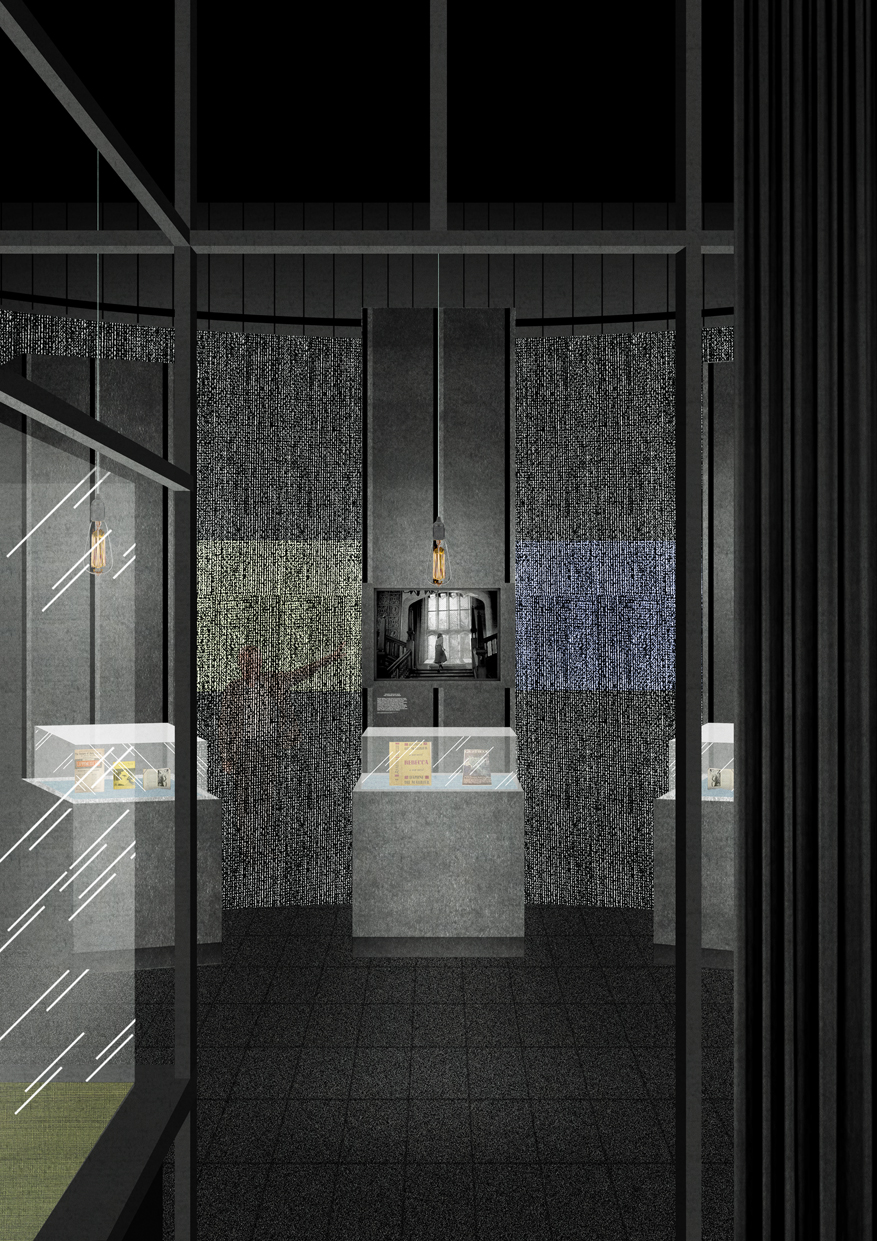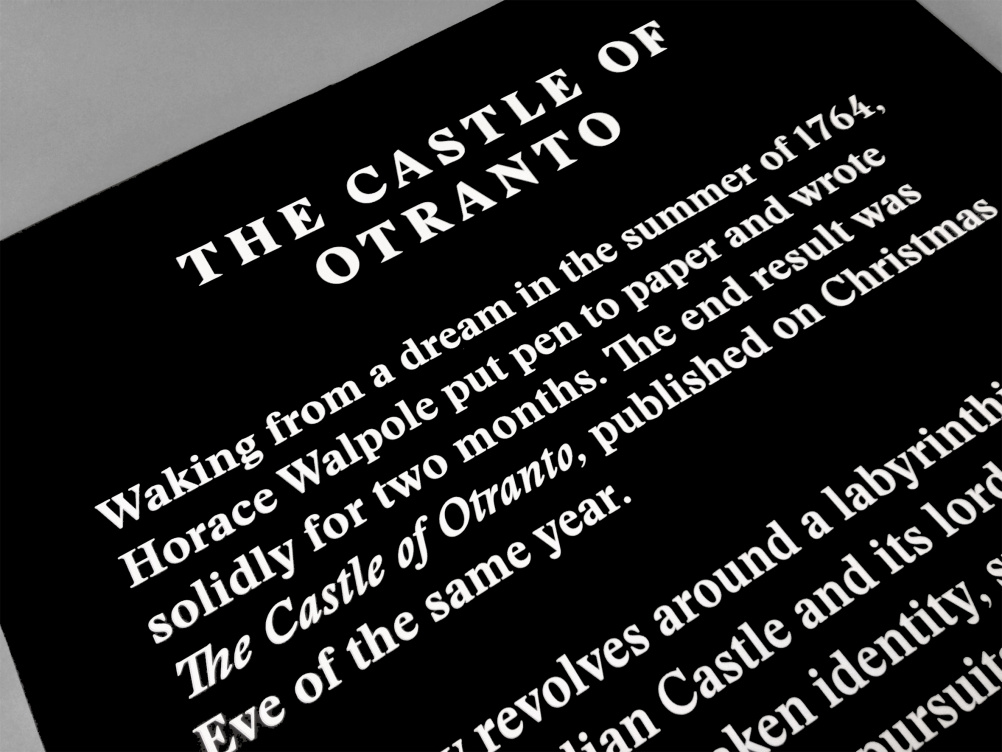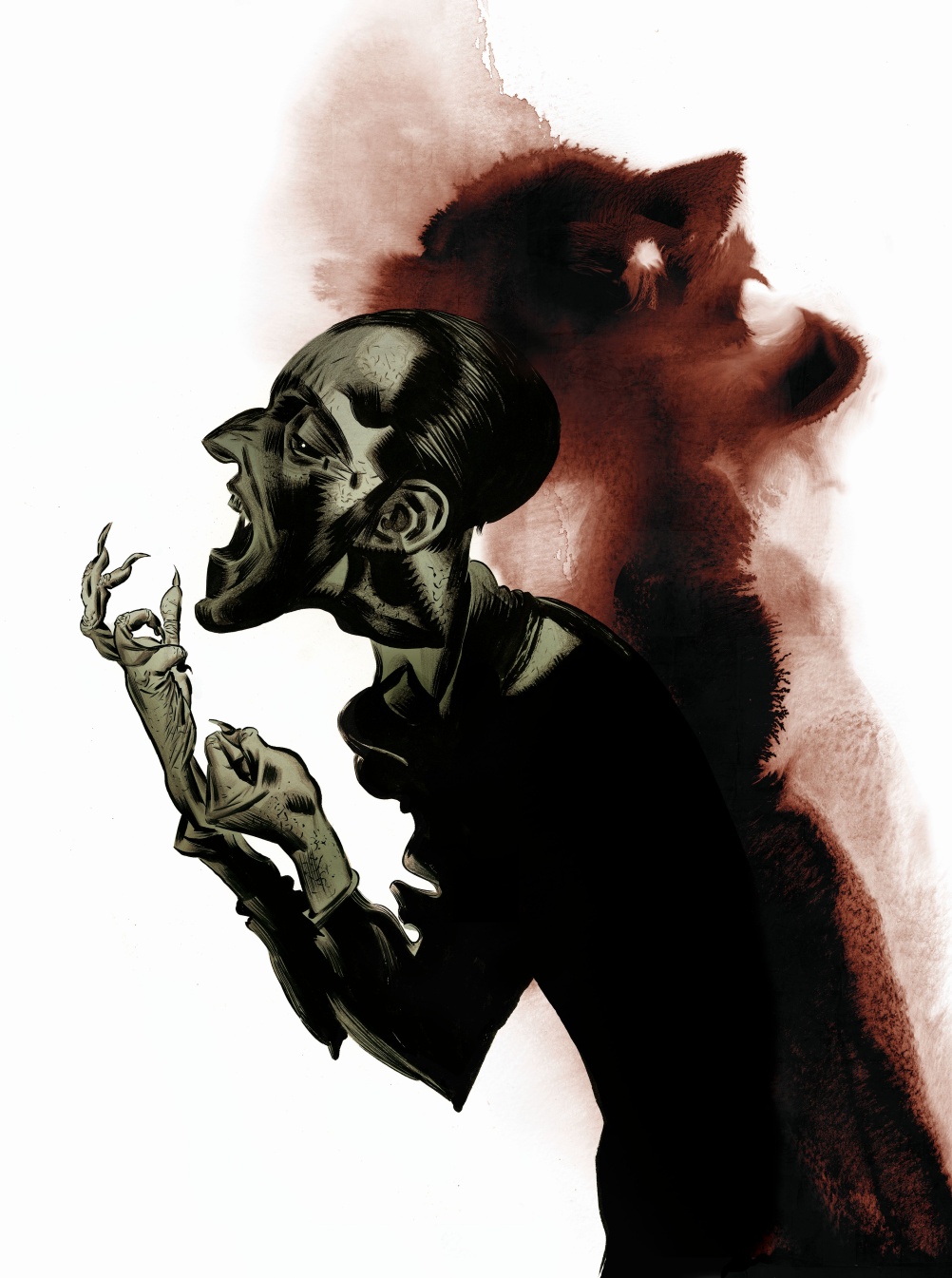British Library to host UK’s ‘biggest ever’ Gothic exhibition
OMMX has designed the British Library’s Terror and Wonder: The Gothic Imagination exhibition, which is being billed as the UK’s biggest ever Gothic show.

Opening next month, the show takes in 250 years of the Gothic, pinpointing its beginning as Horace Walpole’s self-proclaimed 1764 ‘gothic novel’, The Castle of Otranto and charting the genre’s evolution to todays broad interpretation of Gothic and goth.
OMMX was appointed in February after a joint pitch with graphics partner Kellenberger-White – which did all the 2D work – and lighting consultancy DHA Designs.
The exhibition begins and ends with an abstract interpretation of Walpole’s personal Strawberry Hill library, also the site of his home, which was the genesis for later gothic revival architecture. The library and Walpole’s neo-gothic surroundings provided Walpole with inspiration for the novel and also had a major influence on shaping the gothic genre, the exhibition finds.
This section of the exhibition is slightly raised, and so frames views across the exhibition to give a sense of the permeation of the genre and the recurrence of leitmotifs throughout its history.

The main room is designed to show the evolving Gothic setting from grand ruin, the natural landscape and urban decay to the human mind and body.
These themes have been interpreted by enveloping the space in a series of black and dark grey structures, textures and surfaces, with colour only found on fabric case linings and the objects on display.
Although the exhibition tells the chronologic development of the Gothic, the idea of permeation of the genre is again reinforced by the use of a transparent voile, which stretches across a set of piers and buttresses to enclose what OMMX calls ‘a central cloister-like space’.
This fabric gives obscured views between the various sections creating ‘a heightened sense of anticipation’ and reinforcing the idea of the sections ‘interrelationship and interdependence’ according to OMMX. Consultancy director Hikaru Nissanke says that this is a supplementary reading of the exhibition in addition to the chronologic ‘intended curation’ of the show.
Gothic motifs and devices including threshold and tracery are abstracted and used to lead visitors through the exhibition and frame views back and forth.
Meanwhile black painted walls, black muslin and heavy felt are overlaid with lighting and projection to create an environment where shadow can be exaggerated.

These patterns are further animated by the movement of the vsitors as they pass through the exhibition.
Nissanke says that DHA’s lighting scheme has helped to exaggerate the shadows of visitors ‘so that their presence is ambiguous and you might not know whether they form part of the exhibition or not’.
The exhibition concludes with a photographic exhibition by Martin Parr who has captured Whitby Goth Weekend. The images have been staked to the walls using horseshoe nails and a light material palette compliments the ‘ghostly and pallid’ photos OMMX says.

A campaign and identity image has been created by Dave McKean. The exhibition opens on 3 October.
-
Post a comment




